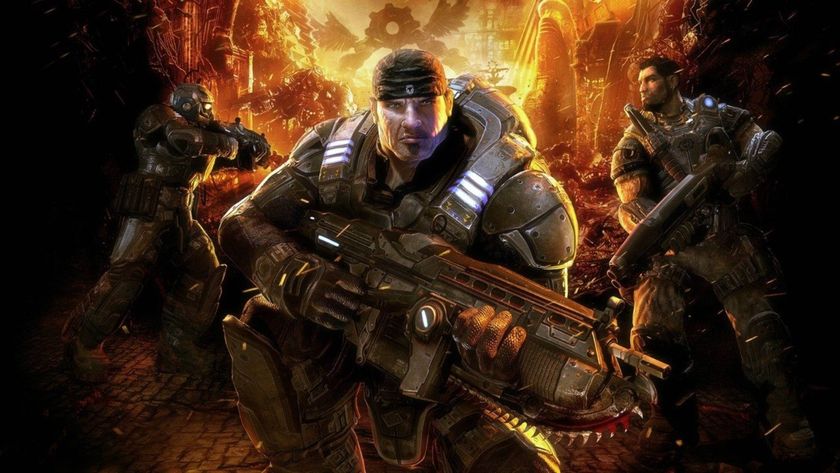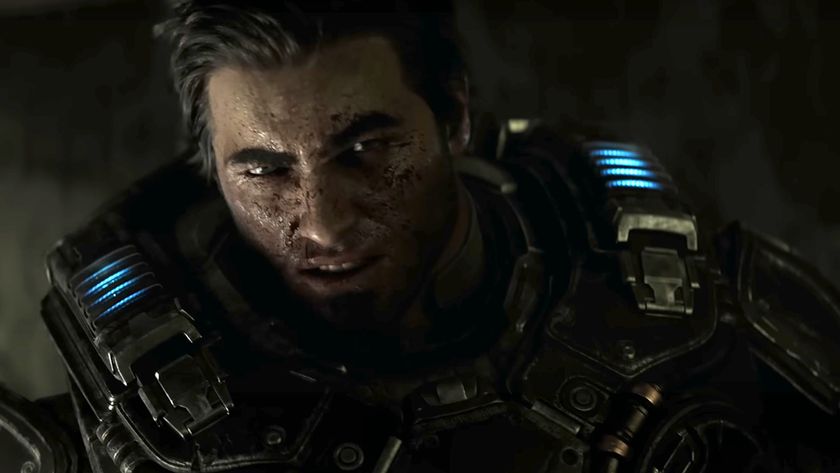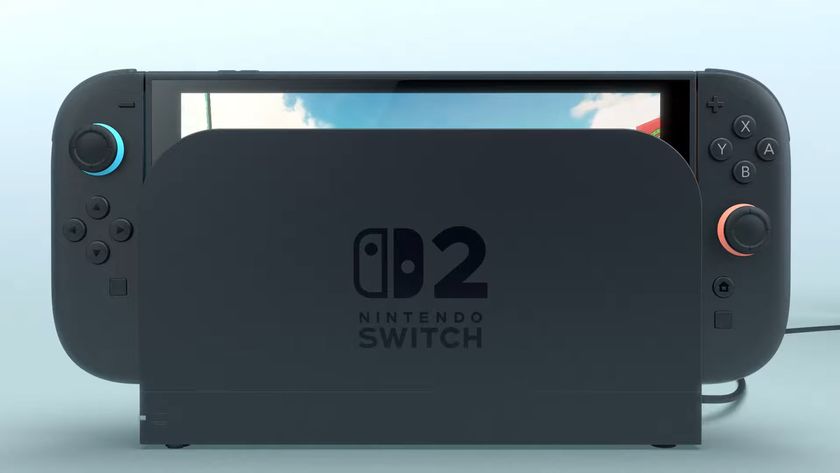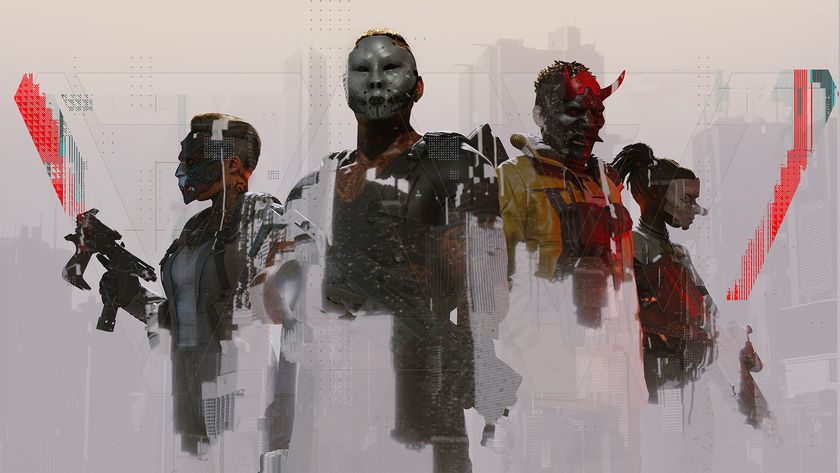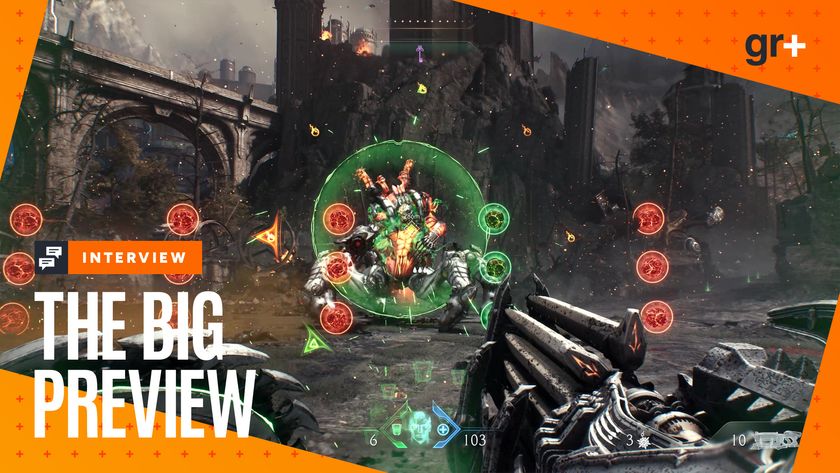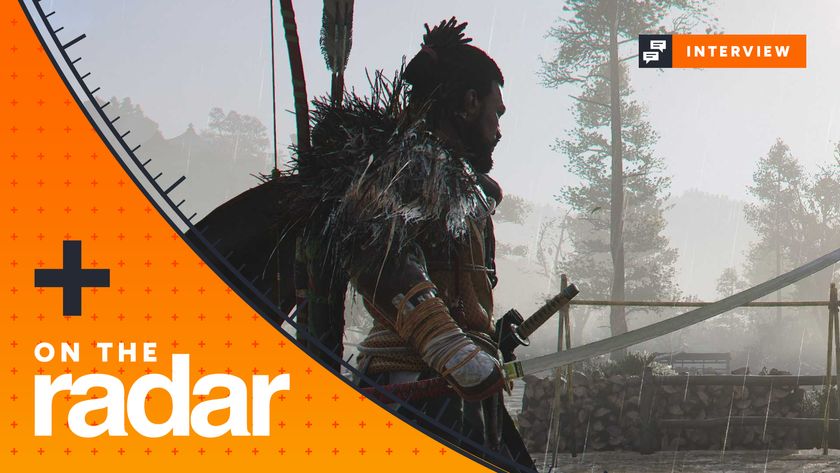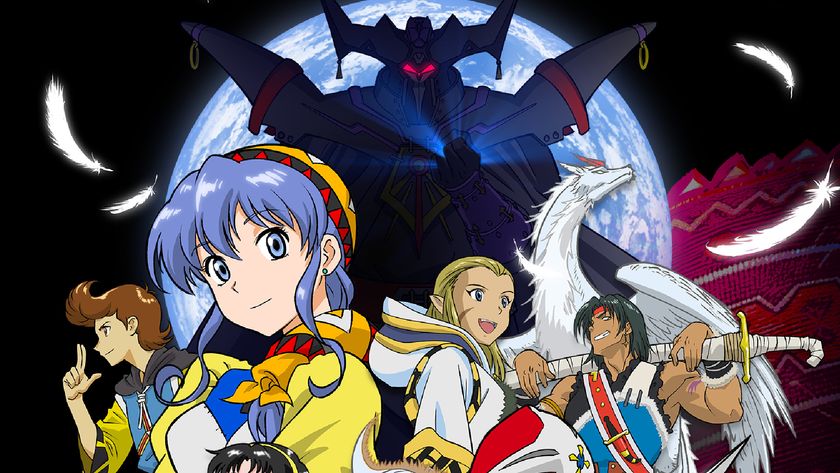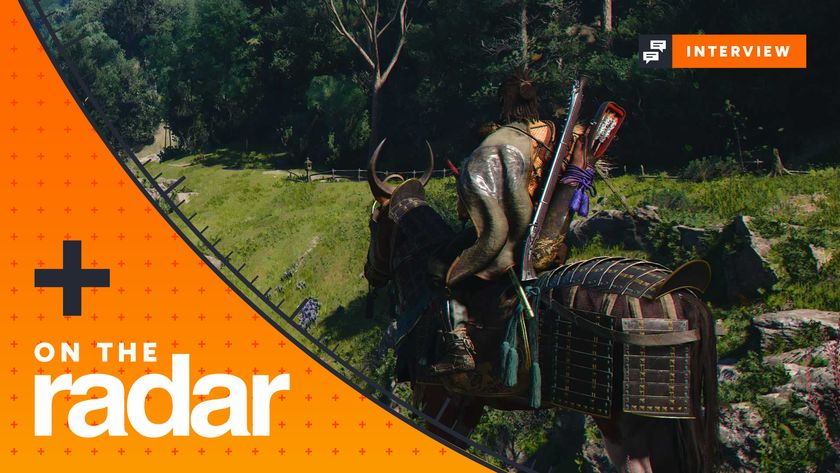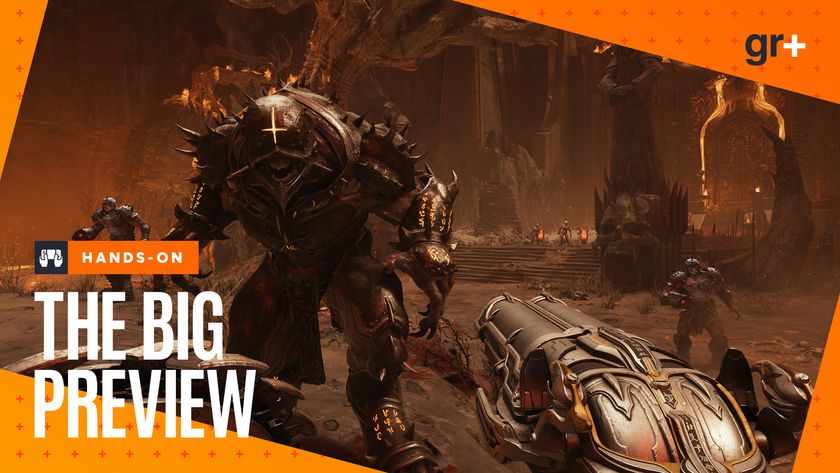Microsoft’s successful return to the 360 glory days depends on making Gears of War 4 feel new, but not too new
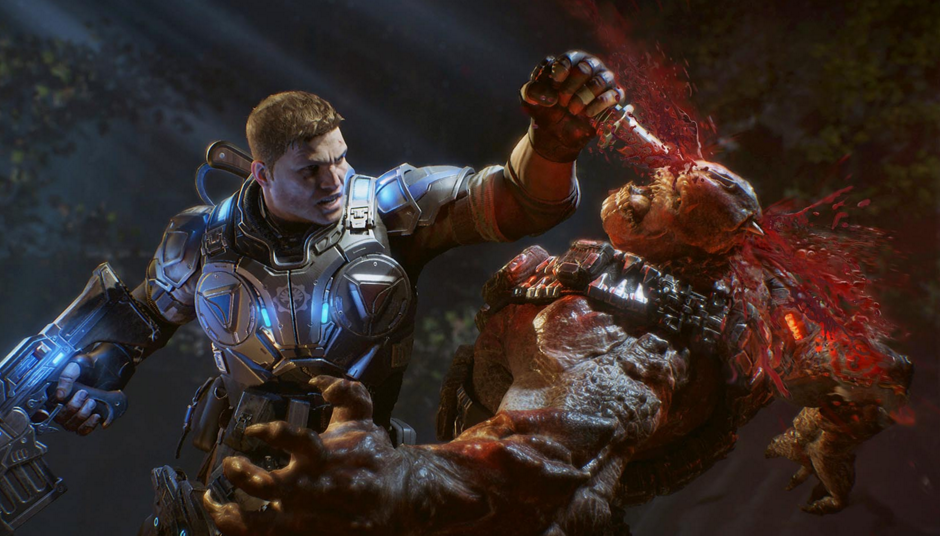
Microsoft is banking on safe bets. After its abortive, early strategy change with the Xbox One, it now seems happily reconciled with the idea that the Xbox 360 years were its golden period. And thus, its software line-up seems aimed squarely at recreating the climate around that console. After isolating and disenfranchising a great many people with its initial Xbox One plan, it’s now rebuilding the 360 biome and hoping that its previous fauna shuffles back in and finds a happy habitat. In short, Microsoft’s last attempt at a new direction led it straight off a cliff, and now it’s trying to climb back to where it started and sit very still so that such a misadventure does not happen again.
It hasn’t made it back quite yet, but it does seem to have a good idea of the route. Microsoft didn’t need as strong a sense of direction in the old days, of course, because it always had a big crowd of third-party friends to ferry it from place to place. But now most of those guys are partying with Sony, and Microsoft has to learn to navigate on its own two feet. But it’s getting there.
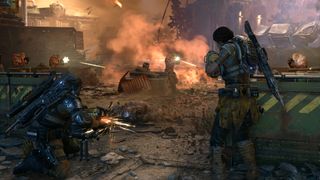
Sony has had an easier time sculpting a distinctive brand identity. With its mainstream appeal bolstered by tie-in support from the likes of Call of Duty, and on-stage alignment with megatons such as Final Fantasy 7, and now Capcom’s brilliant-looking reboot of Resident Evil, it’s had the freedom to be more experimental in its first-party output. Microsoft doesn’t have as much leeway in that respect, but the weapon it does have is a solid blueprint for what’s worked in the past. It just has less bandwidth with which to realise that plan.
So it’s having to be more careful about the games it’s choosing to make and showcase, and it’s having to be more careful about how it realises those games. It needs Xbox One games to feel progressive and current, but it also needs them to feel familiar and reassuring. Sony can afford to throw away God of War’s old identity in favour of an ancient Norse Last of Us vibe, but Microsoft can’t be quite as cavalier.
It’s experimented with nailing that balance already, but hasn’t yet hit the spot. Halo 5’s on-trend evolution into verticality, ground-pounds and super-charged melee dashes was a step too far, feeling a little too un-Halo and not quite marrying with satisfying, complimentary level design. Quantum Break tried to soup up the Alan Wake formula with a dash of Max Payne and a whole lot of time-bending, but its roots in the TV-driven Xbox One of old scuppered its chances of fully realising that potential.
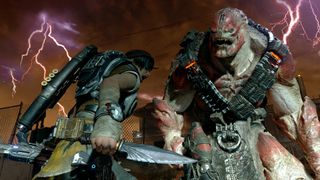
Crackdown 3 has every likelihood of hitting the old/new sweet-spot, but its impressive innovations in cloud-powered dynamic destruction likely put its release quite a way off. It has certainly made no appearance at E3 2016, not even in passing comment. Given Microsoft’s conspicuous focus on games with relatively close release dates this year, that’s probably rather telling of the game’s current state of development.
But Microsoft does have Gears of War 4. And Gears of War 4 has just the right DNA running through it, right down to the make-up of its development team. A young, energised studio, nonetheless made up of many series veterans, and headed up by the smart, insightful figure of ex-Epic man Rod Fergusson, The Coalition itself represents the exact amalgamation of storied legacy and fresh outlooks that Microsoft needs to promote right now.
Sign up to the 12DOVE Newsletter
Weekly digests, tales from the communities you love, and more
While Rare is finally getting a strong push with Sea of Thieves, an ambitious new game that looks far more in-keeping with the studio’s best work than anything we’ve seen during its Microsoft tenure, the very fact that ‘classic’ Rare has been in such short supply means that its value is somewhat diminished. Rare’s style of bright, breezy, creative fun certainly made appearances on the Xbox 360, but it hardly fuelled the machine’s success. Gears though? Gears is the silver bullet, if the new game can present the right balance of comfortable and exciting. And right now it looks like it just might.

In contrast to E3 2015’s confusing, dark, survival horror-tinged teaser – a demo that Fergusson has admitted to me was a bit of a conceptual misfire – the game’s E3 2016 showing was far more convincing. More than that, it was exactly the right kind of convincing. Unlike the early multiplayer beta demo, the campaign material shown off has an unmistakable new-gen sheen. There’s no interpreting this as an upscaled, smoothed off, last generation update, as could be the case with Halo 5’s visuals. Even on first glance, it feels vital and new. But it’s once things get moving that Gears 4 really starts to look like the game the Xbox One needs.
Picking up latter-era Call of Duty’s trick of ensuring constant movement within any frame, the swirling torrent of wind, lightning, storm debris and airborne corpses creates an immediately arresting sense of ‘Holy shit’, the all-pervading dynamism of the environment making Gears’ traditionally heavy action feel altogether faster and more unpredictable. But crucially, it does so without ever changing the lean, tight nature of its flow.
Similarly, the breaks we get from pure cover shooting – such as when protagonist JD picks up the Buzzkill sawblade launcher and wreaks havoc on a small, zombie-like swarm, after nailing a sniper with a rebound trickshot – certainly remain within Gears of War’s core gameplay philosophy. Intense, close-range battle fuelled by sharp, tactical decisions that make you feel like an unrepentant badass when you get them right. Gears 4 looks confident enough to not make its trademark cover-use constant or mandatory, but it executes that freedom without any of the bloat or reduction in focus that befell Gears 3.
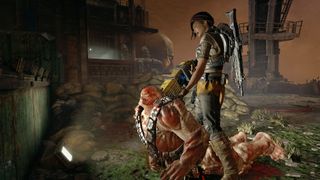
And it’s worth noting how relentless Gears of War 4 is with the delivery of its setpieces, but how unintrusive at the same time. Dead Seige Beasts are repurposed as clay pigeon traps to take down distant turrets, but the whole sequence is over in less than a minute, the core action uninterrupted. Cranes have their pallets shot loose, sending junk and bodies hurtling through the air. It’s a sumptuously cinematic, ‘big’ moment, but it’s one dynamically generated by the player, and entirely optional. It’s all much flashier, and more exciting, and has an inherently fresher feel. But running right through the middle of all of those spectacular bells and whistles is still a solid seam of Gears of War. It’s augmentation, not revolution. A warm, reassuring arm ushering the long-term player into a new era of possibilities.
As such it typifies exactly the right path for Microsoft to take on the way to its intended, 360-themed promised land. The road won’t necessarily be easy, paved as it now is by two extra slabs of hardware that no-one seems entirely sure about. But consistency of direction will help weather such uncertainty, and reinvigorating with consistency seems to be what Gears of War 4 is all about.

